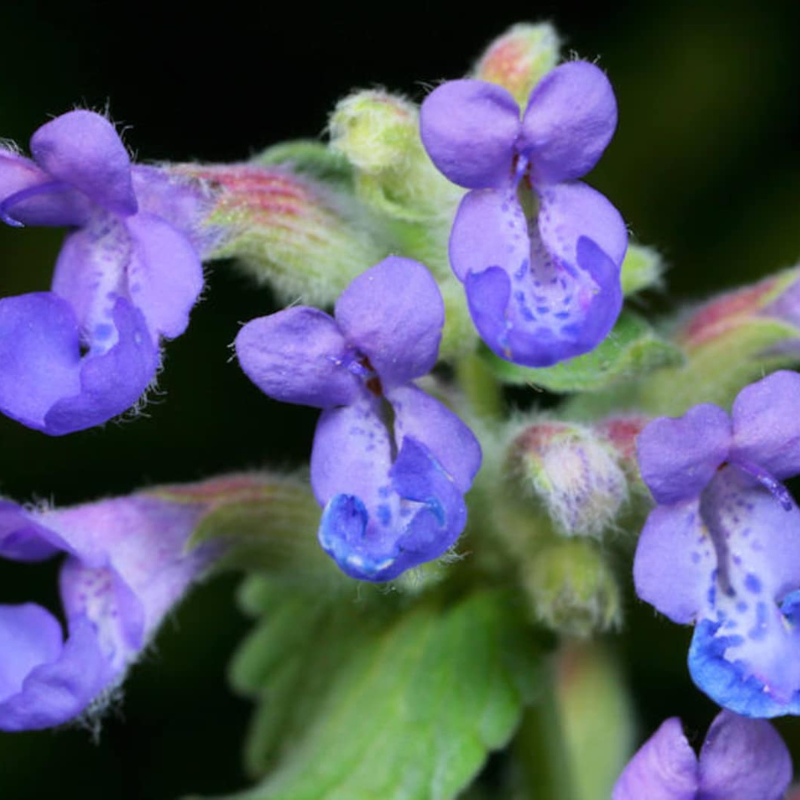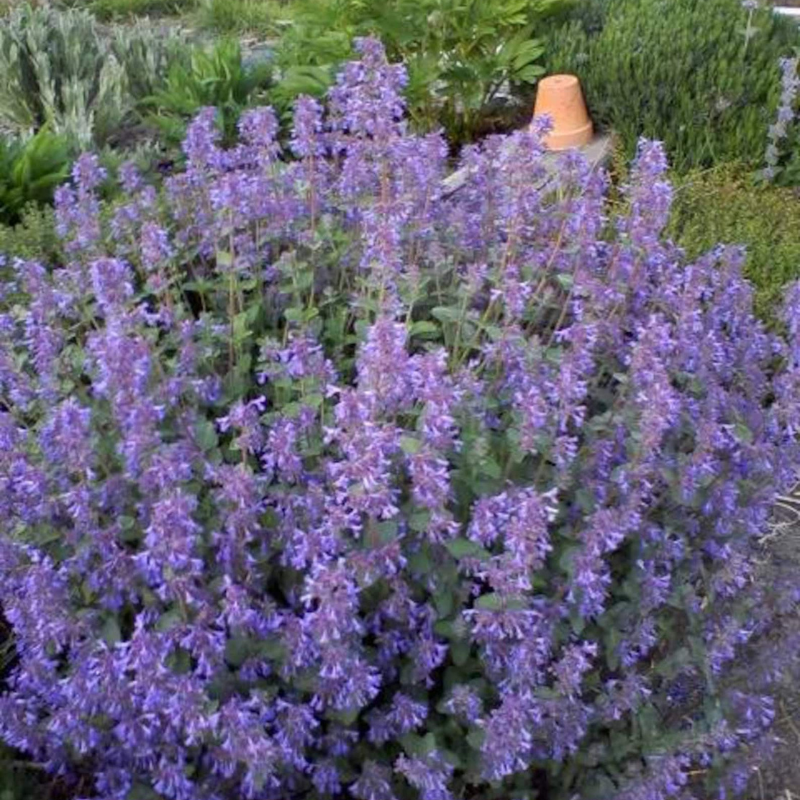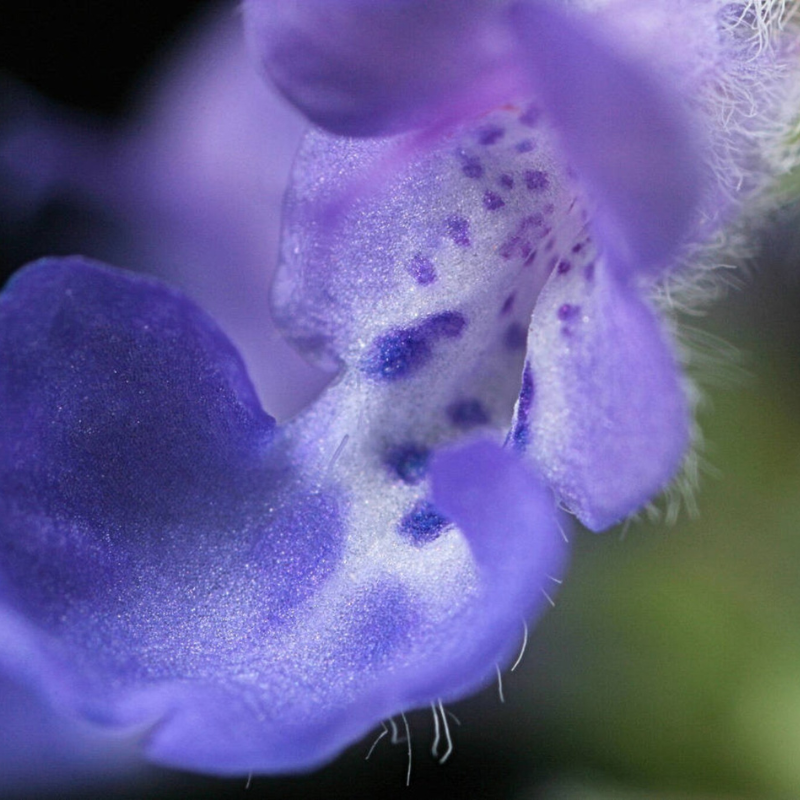- Historical context: Catmint, also known as Nepeta, has been used for centuries in herbal medicine and gardening.
- Geographical origination: Catmint is native to Europe, Asia, and Africa.
- Relevant cultural significance: Catmint has been historically significant in various cultures for its medicinal properties and its appeal to cats.
- Time period of discovery: Catmint has been known and used since ancient times, with records dating back to Roman and Greek civilizations.
- Original habitat: Catmint typically grows in well-drained soils in sunny or partially shaded areas.
- Notable historical uses: Historically, catmint was used to treat ailments such as colds, fevers, and digestive issues. It was also used in teas and as a culinary herb.
- Ideal temperature range: Catmint thrives in temperatures between 60°F to 70°F (15°C to 21°C).
- Soil type: It prefers well-drained, sandy or loamy soil with a pH range of 6.0 to 7.5.
- Sunlight requirements: Catmint requires full sun to partial shade.
- Watering needs: Water catmint regularly, but allow the soil to dry out between waterings. It is drought-tolerant once established.
- Planting season: Plant catmint seeds in the spring after the last frost or in the fall.
- Germination time: Catmint seeds typically germinate in 7 to 14 days.
- Growth cycle duration: Catmint is a perennial plant, meaning it will grow back each year.
- Common pests and diseases: Catmint is relatively pest-resistant but can be affected by aphids, spider mites, and root rot if overwatered.
- Companion planting advice: Catmint can be planted alongside vegetables and other herbs to repel pests. It is particularly beneficial near tomatoes and roses.
- Common challenges and solutions: Overwatering can lead to root rot. Ensure proper drainage and avoid waterlogging the soil. Pruning can help maintain the plant's shape and encourage new growth.
- Nutritional values: Catmint leaves contain vitamins A and C, calcium, iron, and magnesium.
- Health benefits: Catmint has calming properties and can be used to relieve stress, anxiety, and insomnia. It also has anti-inflammatory and digestive benefits.
- Culinary uses: Catmint leaves can be used in salads, soups, and teas. They have a minty flavor that adds a refreshing taste to dishes.
- Medicinal uses: Catmint is used in herbal medicine to treat colds, fevers, digestive issues, and as a mild sedative.
- Other unique advantages: Catmint is known for its ability to attract cats, which can be both a benefit and a challenge for gardeners. It also attracts beneficial insects like bees and butterflies, promoting pollination in the garden.












